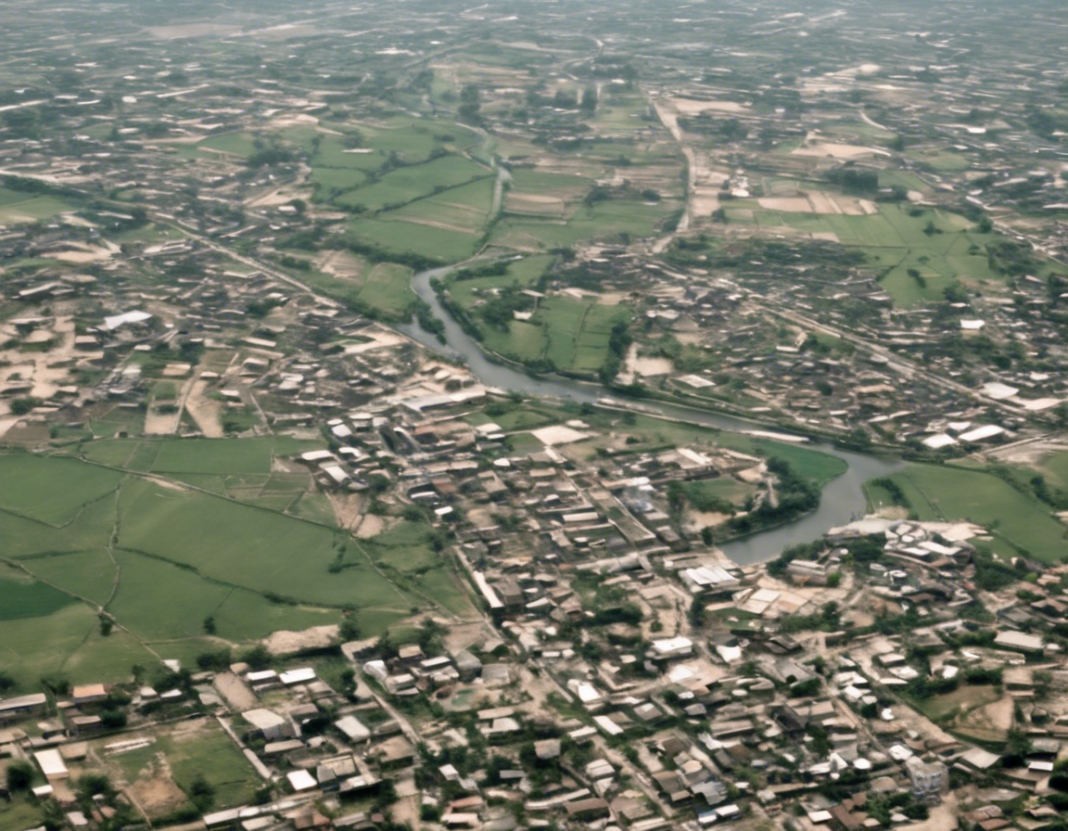Introduction
India is a land of rich diversity and cultural heritage, with 29 states and 7 union territories. One such state is Uttar Pradesh (UP), the most populous state in India with over 200 million people. UP is divided into 75 districts, each with its own unique history, culture, and significance. In this blog post, we will embark on a journey through the 53 district names in UP, exploring their origins, meanings, and notable landmarks.
Understanding District Names in UP
District names in UP are often a reflection of the region’s historical, geographical, or cultural characteristics. They provide valuable insights into the roots of the place and the legacy it carries. Let’s delve into the meanings and significance of some of the district names in Uttar Pradesh:
Regional Influence:
- Agra: Known for the iconic Taj Mahal, Agra’s name is believed to have originated from the Sanskrit word “Agravan,” meaning “frontier town”.
- Gorakhpur: Named after the renowned saint Gorakhnath, Gorakhpur is a significant spiritual and cultural center in UP.
Geographical Significance:
- Prayagraj: Formerly known as Allahabad, Prayagraj derives its name from the Sanskrit words “Prayag” meaning “confluence”, and “Raj” meaning “king”, signifying its location at the confluence of the Ganges, Yamuna, and Saraswati rivers.
- Hardoi: The name Hardoi is believed to have originated from the term “Haridrohi,” meaning “anti Lord Vishnu”, reflecting a legend associated with the area.
Historical References:
- Kanpur: Historically known as Cawnpore, Kanpur’s name is thought to have been derived from the term “Kanhapur,” indicating “town of Kanhaji”, a reference to Lord Krishna.
- Varanasi: Also known as Kashi, the name Varanasi is said to have originated from the rivers Varuna and Asi, emphasizing its ancient roots and significance.
Mythological Connections:
- Ayodhya: Revered as the birthplace of Lord Rama, Ayodhya’s name signifies “unconquerable” in Sanskrit, alluding to its mythical significance.
- Mathura: Famous for its association with Lord Krishna, Mathura’s name is believed to have been derived from the Sanskrit word “Madhuvan,” meaning “forest of sweet”, symbolizing the sweetness of Lord Krishna’s aura.
Cultural Diversity:
- Bareilly: Believed to have been named after the Sufi saint Baba Bareilly, the district reflects a blend of Hindu-Muslim cultural influences.
- Meerut: With a historical association with the revolt of 1857, Meerut’s name is said to have been derived from “Miran,” a prominent lady mentioned in the Ramayana.
Notable Landmarks and Attractions
Each district in UP boasts of unique landmarks and attractions that draw visitors from far and wide. From historical monuments to natural wonders, these places offer a glimpse into the vibrant tapestry of Uttar Pradesh:
- Lucknow: The capital city of UP, Lucknow is known for its Nawabi grandeur, exquisite cuisine, and historical monuments like Bara Imambara and Chota Imambara.
- Kanpur: Famous for its leather industry and educational institutions, Kanpur is also home to the Allen Forest Zoo and the Kanpur Memorial Church.
- Jhansi: A historic city associated with the valiant queen Rani Lakshmi Bai, Jhansi is replete with forts, palaces, and museums that narrate tales of bravery and sacrifice.
- Noida: A bustling hub of industry and commerce, Noida is also known for its modern infrastructure, shopping malls, and amusement parks like Worlds of Wonder.
- Ghaziabad: An important industrial and educational center, Ghaziabad is in proximity to the national capital, Delhi, and houses the Hindon Air Force Base and the Swarna Jayanti Park.
Connecting with the Roots
Exploring the district names in UP not only uncovers the linguistic and etymological aspects but also provides a deeper insight into the region’s history, culture, and traditions. It allows us to forge a connection with our roots and appreciate the diverse tapestry of India’s heritage that is embedded in every district name.
Conclusion
The district names in Uttar Pradesh encapsulate a myriad of meanings, ranging from historical references and geographical significance to cultural influences and mythological connections. By unraveling the stories behind these names and exploring the landmarks they represent, we can gain a deeper appreciation for the rich tapestry of heritage that defines each district in UP. The next time you visit Uttar Pradesh, take a moment to ponder over the significance of the district names around you, for they are not just labels but a gateway to the intriguing past and vibrant present of this diverse state.
Frequently Asked Questions (FAQs)
- What is the meaning of the term “Prayagraj” in Uttar Pradesh?
-
The name “Prayagraj” signifies “confluence of rivers” in Sanskrit, reflecting the city’s location at the confluence of the Ganges, Yamuna, and Saraswati rivers.
-
Who is Gorakhpur district named after?
-
Gorakhpur district is named after the revered saint Gorakhnath, a significant spiritual figure in the region.
-
What does the name “Mathura” symbolize in Uttar Pradesh?
-
The name “Mathura” is derived from “Madhuvan” in Sanskrit, meaning “forest of sweetness,” symbolizing the sweetness associated with Lord Krishna, who is closely linked to the city.
-
Why is Bareilly known for its unique cultural blend?
-
Bareilly is known for its blend of Hindu-Muslim cultural influences, with the district believed to be named after the Sufi saint Baba Bareilly, showcasing the diverse cultural fabric of the region.
-
What is the historical significance of the name “Kanpur” in Uttar Pradesh?
-
Kanpur, historically known as Cawnpore, is believed to have been named “Kanhapur,” indicating the “town of Kanhaji,” a reference to Lord Krishna, showing the deep-rooted historical and cultural connections of the city.
-
Which iconic monument is Agra district in Uttar Pradesh famous for?
-
Agra district is famous worldwide for the iconic Taj Mahal, a UNESCO World Heritage Site and one of the Seven Wonders of the World, showcasing exquisite Mughal architecture and love.
-
What does the name “Ayodhya” symbolize in Uttar Pradesh?
-
The name “Ayodhya” signifies “unconquerable” in Sanskrit, reflecting the mythical and legendary significance of the city as the birthplace of Lord Rama.
-
What is the cultural significance of the district name “Meerut” in Uttar Pradesh?
-
Meerut is believed to have been named after “Miran,” a prominent lady mentioned in the epic Ramayana, reflecting the cultural and mythological connections of the district.
-
Why is Varanasi considered a spiritually significant city in Uttar Pradesh?
-
Varanasi, also known as Kashi, holds immense spiritual significance in Hinduism and is considered one of the oldest inhabited cities in the world, with the name thought to be derived from the rivers Varuna and Asi.
-
Which historical figure is associated with Jhansi district in Uttar Pradesh?
- Jhansi district is renowned for its association with the valiant queen Rani Lakshmi Bai, who played a pivotal role in the Indian Rebellion of 1857, showcasing the district’s historical valor and heritage.




